Potosi: Relics of a past splendor
The city of Potosi is located in southern Bolivia, halfway between Sucre and Uyuni, and is a very interesting stopover during a Bolivian tour. It is a historical goldmine (no pun intended!) as it was at one time the greatest source of silver in the world. The Cerro Rico, the mountain which overlooks the city, was full of this precious metal, which was extracted over several centuries.
Founded in the 16th century, Potosi became one of the most important and even biggest cities in the continent. In Spain, the expression “to be worth a Potosi” means “to be worth gold”.
The historical center of the city still bears witness to this past splendor, particularly the cathedral and the Casa de la Moneda, where the first coins of the continent were minted during several centuries. The prosperity of Potosi is, however, very much in the past, hence the somewhat faded appearance of its colonial buildings.
What is there to do in Potosi?
Travelers usually stay only one day in Potosi, due to the altitude (4000 meters) and the rather cold climate.
The visit of the historical center, especially the Casa de la Moneda, is very much recommended and take a half-day.
We also highly recommend a half-day visit of the Cerro Rico mines, even if it would be discouraged for anyone suffering from claustrophobia. Even if colossal quantities of silver have been extracted from the mountain, hundreds of miners continue to work down in an impressive maze of galleries, using a rather traditional workmanship.



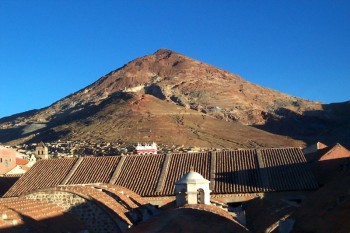
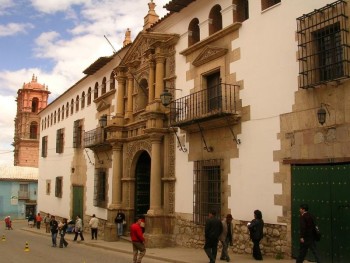
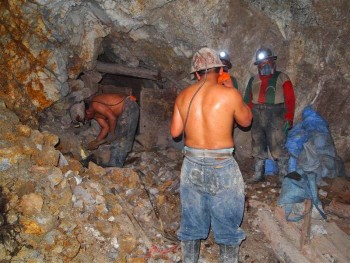

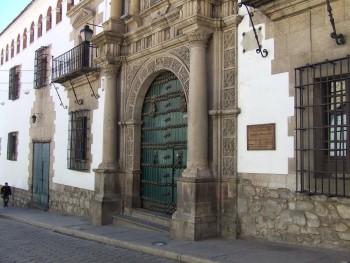

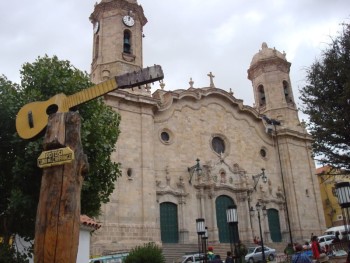
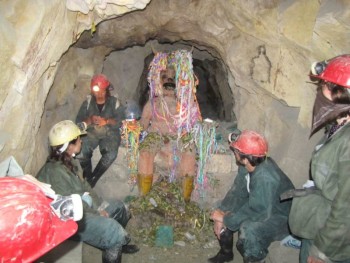
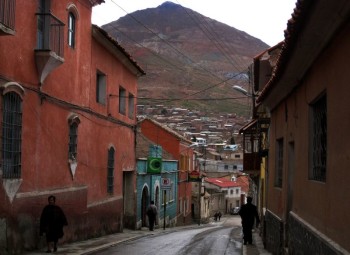
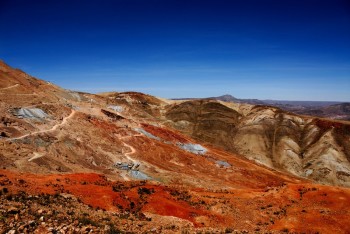
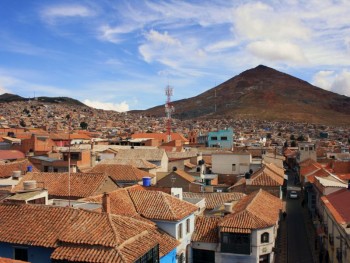
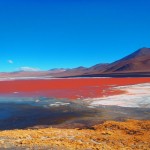
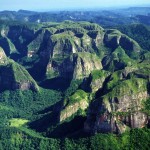


Follow us!